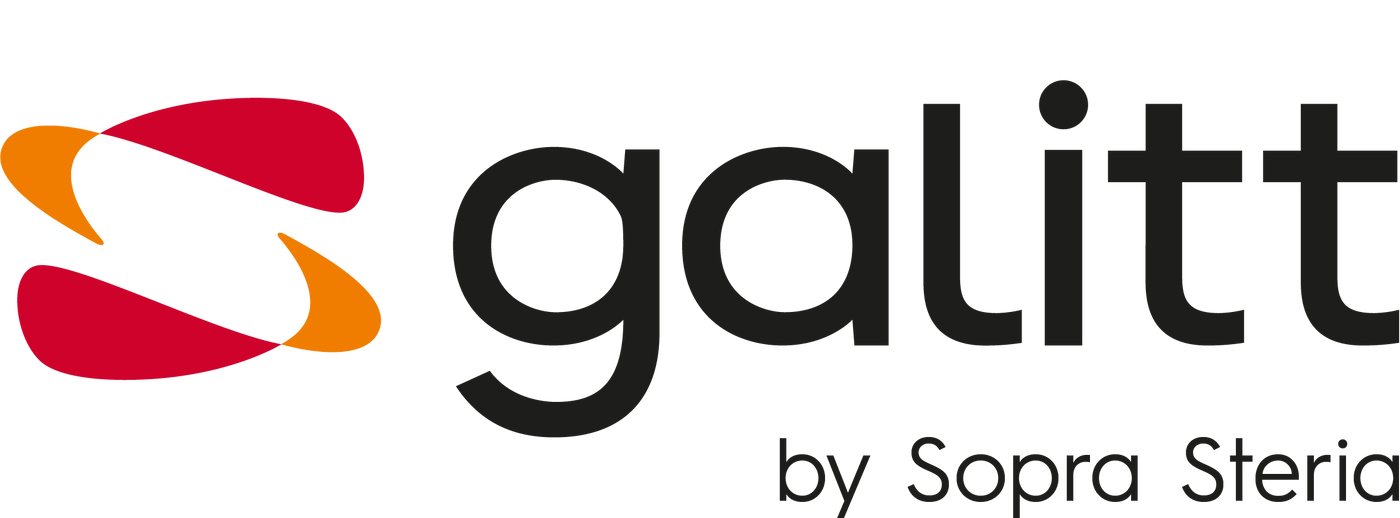Towards the 2025 insurance market

Faced with rapid societal transformations, technological advances and changing customer expectations, the insurance sector is at a strategic crossroads. Its ability to stabilize assets, finance the real economy and anticipate emerging risks will make it a key player in economic resilience.
Innovations, such as autonomous vehicles or the integration of AI, open up new opportunities, while requiring constant regulatory and strategic adaptation. Collaboration between insurers, regulators and technology partners will be essential for navigating these changing waters and taking advantage of the opportunities they offer.
FACTS
- The insurance sector plays a central role in the French economy, notably through its financial stability and financing of the real economy.
- With €2400 billion of assets under management, French insurers contribute significantly to the financing of companies and state bonds, accounting for nearly €1500 billion of shares and bonds held.
- Regulatory developments, such as Solvency II, encourage long-term investment in the real economy through the LTEI scheme, while the European securitisation framework offers new diversification options.
- At the same time, societal transformations, such as climate change, digital transition and demographic change, pose new challenges for industry.
- The announced acquisition of HSBC Life Insurance by Matmut for €925 million illustrates a strategic consolidation of the market. This acquisition will allow Matmut to diversify its portfolio by strengthening its position in the savings, health insurance and damage markets.
- Moreover, technological innovation continues to reshape the sector. The study conducted by Swiss Re and Waymo shows that a fleet of autonomous vehicles can reduce claims for property damage to human drivers by up to 88%, a promising development for the sector.
ISSUES
- Climate risk and insurability: Economic losses related to natural disasters, reaching 295 billion euros in 2024, underline the importance of climate stress tests and public-private partnerships.
- Digital Transition and Cyber Risks: The pandemic has accelerated digital transformation, exposing insurers to more frequent and complex cyber attacks. The DORA regulation aims to strengthen the sector's resilience.
- Demographic trends: With an aging population, insurers must adapt their products to ensure post-retirement income and anticipate increased health needs.
PERSPECTIVE
- Autonomous technologies and impact on insurance: The performance of autonomous vehicles, like Waymo, redefines the boundaries of insurability. With a dramatic reduction in accidents in urban areas, these technologies offer opportunities to reinvent tariff models, although their large-scale adoption remains limited by the lack of long-term data and their non-representative nature in rural areas.
- Market consolidation: The acquisition of HSBC Life Insurance by Matmut illustrates the concentration dynamics. With €20 billion outstanding and a net profit of €77 million in 2023, this operation will strengthen the competitiveness of the mutual insurer in a market where diversification is key.
- The integration of artificial intelligence: The use of the AI, as in the Volkswagen co-pilot project with PTC and Microsoft, shows how digital tools can optimize insurance processes. Complex data management and the creation of more targeted products become levers of competitiveness for the sector.
Traduit automatiquement via Libretranslate / Automatically translated via Libretranslate
